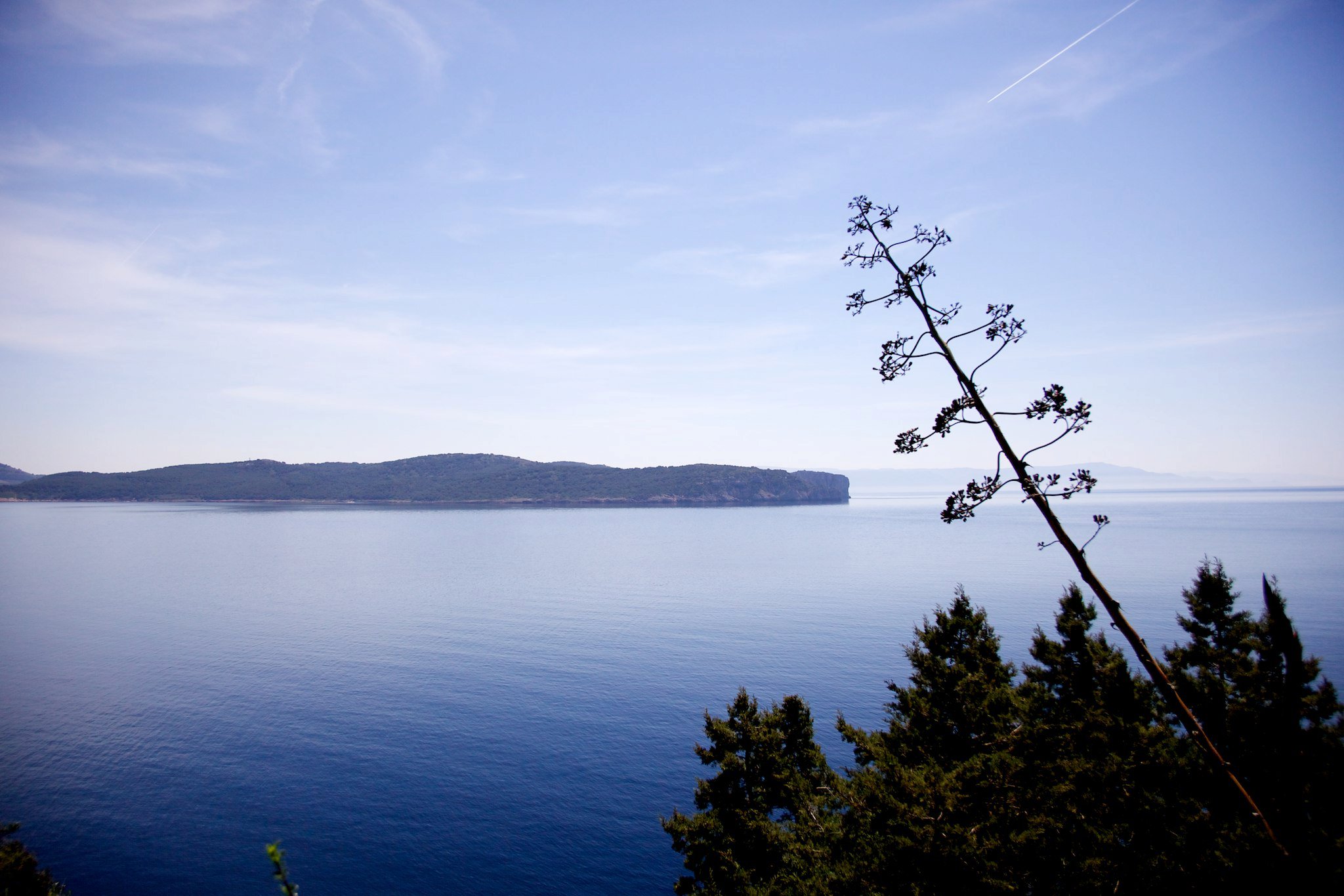Workshops at Capo Caccia 2011
Competition and cortex in Sardinia
29th April, 2011View from the hotel

View from the hotel
This year at Capo Caccia we will be thinking about how competition in cortex can explain responses to natural stimuli, and wondering what the anatomy of competitive networks look like.
WTA discussion group
We will continue the discussions from previous years at Capo Caccia, regarding competitive interactions in neural circuits, and how this computational concept relates to the cortex. We would like to hear what you've been thinking about and working on for the last twelve months! We will discuss the cutting-edge work in WTA implementations, applications and analyses. When can competitive interactions exist in cortex? What computational or information-processing behaviours can they implement? What other computational models are realistic for cortex? Please be on your rowdiest behaviour!
Multi-modal competition in cortex
Since Hubel and Wiesel's work in the 1960s, our understanding of primary visual cortex (in higher mammals) has centred around it's columnar architecture -- neurons in a radial "column" of cortical tissue (with infinitesimal width) share similar tuning for the orientation of a visual stimulus, as well as sharing other receptive field properties.
Existing winner-take-all models for visual cortex focus on describing competition between neurons encoding for the orientation of a stimulus. They assume that a population of excitatory neurons that share a single orientation preference compete with other populations with differing orientation preference (usually via global or wide-spread inhibition). However, complex stimuli provoke nearby neurons in a column to more sparse and decorrelated responses, over and above that predicted by receptive field differences. Recurrent inhibition shared between a set of excitatory neurons is a good way to decorrelate the responses of those neurons, through a competitive mechanism.
However, to describe both columnar activation by simple stimuli as well as decorrelated activation by complex stimuli, this competition would have to be switched on and off by the complexity of the stimulus. This falls outside the capabilities of current winner-take-all models. The goal of this workgroup will be to formulate new models of the local interactions within a column (and between columns), that can explain neural responses to complex stimuli.
A probably related issue is that of sparsening of the response of a neuron by stimulation outside the classical receptive field. Similar competitive network mechanisms might be employed, albeit with the potential extra complication of long-range inhibition. We will discuss this too.
About Capo Caccia
The Capo Caccia cognitive neuromorphic engineering workshop is a two-week meeting, modelled on the successful Telluride workshop. Participants spend each morning in a series of curated discussions covering topics from cognition, through neurobiology, to neuromorphic engineering. The afternoons are reserved for self-organised projects and discussion groups, which can be proposed by any of the attendees. The flavour of the workshop is very fluid; and by virtue of the secluded location (15 minutes to the nearest town) the workshop is very intense! Senior attendees and students spend breakfast, lunch and dinner together — a great opportunity to discuss science with very knowledgeable people.